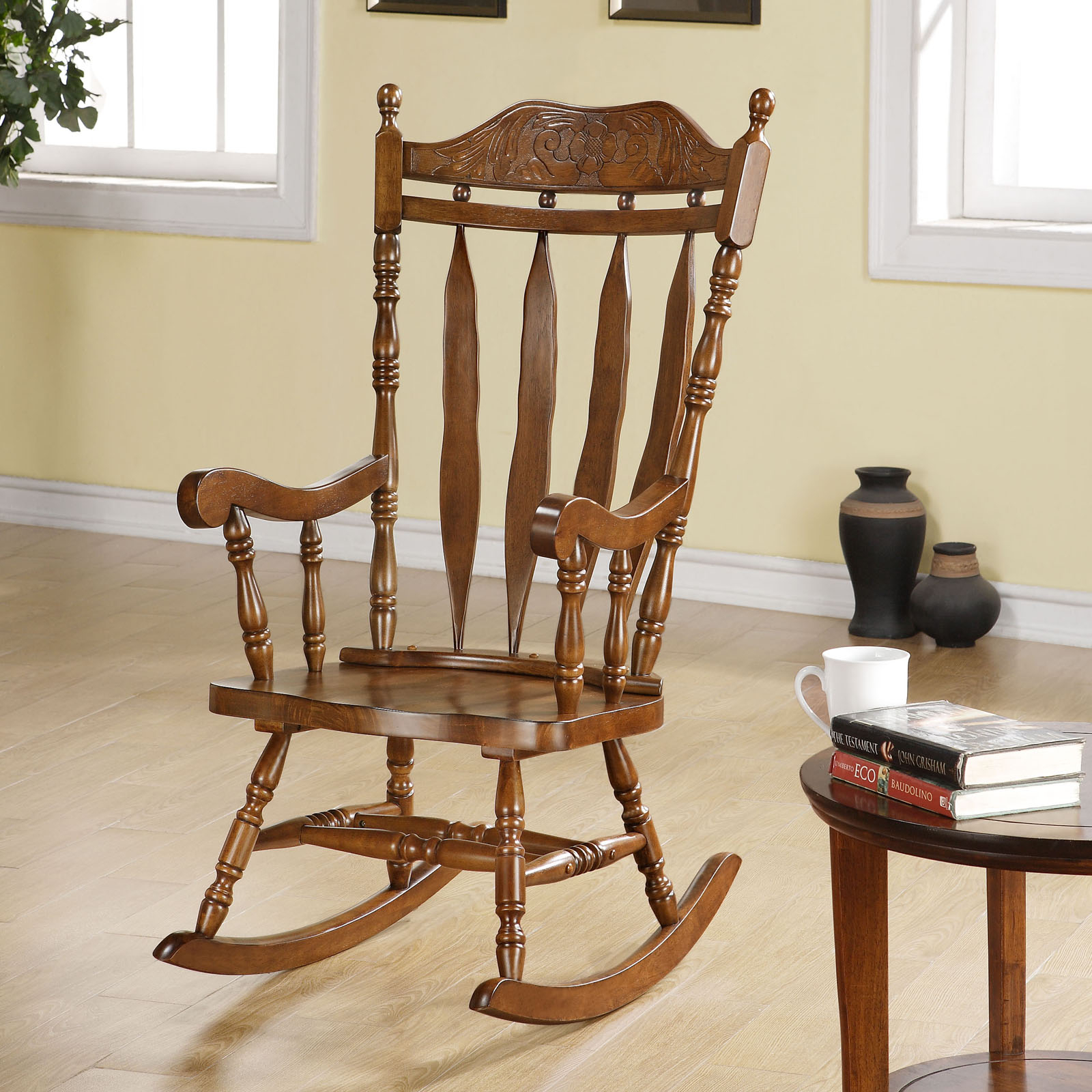Caring for Your Wooden Rocking Chair: Best Wooden Rocking Chair

Proper care ensures your wooden rocking chair remains a cherished piece for generations. Regular maintenance prevents damage and preserves its natural beauty, adding to its longevity and value. This section details the necessary steps to maintain and, if needed, restore your heirloom.
Maintaining and Preserving Your Wooden Rocking Chair, Best wooden rocking chair
Maintaining a wooden rocking chair involves a consistent approach to cleaning, polishing, and environmental protection. Neglecting these aspects can lead to premature deterioration. The following steps provide a comprehensive guide to preserving your chair’s beauty and structural integrity.
- Regular Cleaning: Dust your rocking chair weekly with a soft, dry cloth or a feather duster. For more thorough cleaning, use a slightly damp (not wet) cloth and a mild soap solution, ensuring you dry the chair immediately afterward. Avoid using harsh chemicals or abrasive cleaners that could damage the finish.
- Polishing: Apply a high-quality wood polish or furniture oil specifically designed for wooden furniture at least twice a year. This helps maintain the wood’s moisture balance, prevents drying, and enhances its shine. Follow the manufacturer’s instructions carefully.
- Environmental Protection: Protect your rocking chair from direct sunlight, which can cause fading and cracking. Avoid placing it near heat sources, such as fireplaces or radiators. Use coasters to prevent spills and rings from damaging the finish. Consider using a protective furniture cover when not in use, especially in areas prone to dust or moisture.
Addressing Common Problems
Wooden rocking chairs, like all wooden furniture, are susceptible to certain types of damage. Prompt attention to these issues prevents minor problems from escalating into major repairs.
- Scratches: Minor scratches can often be buffed out with a fine-grit sandpaper (220-grit or higher) followed by polishing. For deeper scratches, you may need wood filler to match the chair’s color before sanding and polishing.
- Cracks: Small cracks can sometimes be repaired with wood glue. Clean the crack thoroughly, apply glue, clamp the crack together, and let it dry completely. Larger cracks may require professional repair.
- Loose Joints: Tighten loose joints by applying wood glue to the affected areas and clamping them firmly until the glue dries. If the joint is severely damaged, you may need to reinforce it with wood screws or dowels.
Refinishing or Repairing a Damaged Wooden Rocking Chair
Refinishing or repairing a significantly damaged rocking chair requires a methodical approach. This process involves careful preparation, appropriate materials, and precise execution.
- Preparation: Clean the chair thoroughly. Remove any loose paint, varnish, or old finish using a scraper or sandpaper. If necessary, repair any cracks or loose joints as described above.
- Sanding: Sand the entire surface of the chair using progressively finer grits of sandpaper (starting with a coarser grit and ending with a fine grit). This creates a smooth surface for the new finish.
- Applying Stain (Optional): If desired, apply a wood stain to change the color of the chair. Follow the manufacturer’s instructions carefully.
- Applying Finish: Apply several thin coats of a high-quality wood finish (such as polyurethane or varnish), allowing each coat to dry completely before applying the next. This protects the wood and enhances its appearance.
- Final Polishing: Once the finish is completely dry, lightly sand the surface with very fine-grit sandpaper (e.g., 320-grit) to remove any imperfections. Then, polish the chair to a high shine using a soft cloth and furniture polish.
